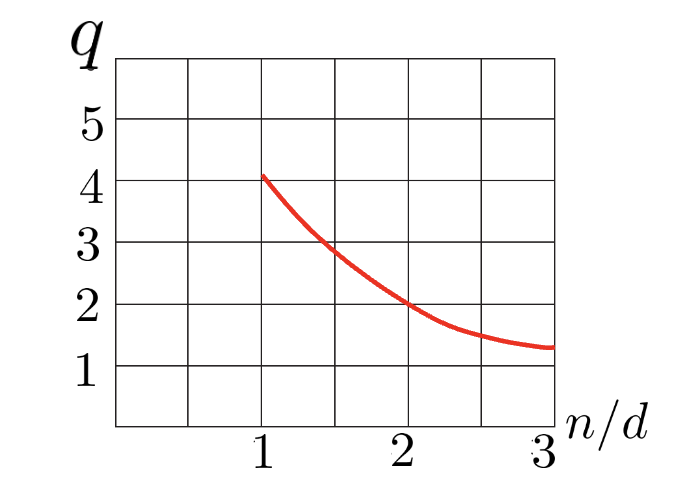Fixed End Bearing and Free End Bearing
- Each shaft is supported at least by two bearings which are usually arranged in a different way as…
- One is designated as a “fixed” bearing
- The other is designated as a “floating” bearing
- The floating bearing is one that is left unconstrained axially, to accommodate thermal (or any other) expansion of the shaft
- Some (separable) bearings are inherently floated
- Exceptions:
- Angled bearing in pair: no distinction in fixed vs. floating
- Shaft is short/thick (both fixed)
- If machine at constant temperature (both fixed)
Floating bearings
You can create a float bearing from a fixed one but adding space on both sides of a bearing or using a roller bearing (which is implicitly floating) as opposed to a ball bearing
For angled bearings, you only need to constrain the bearings along the line of action, the other ends can be floating and the bearing can still be constrained! Here, for these angled bearings there is no distinction between fixed and float and both ends are basically fixed, if the shaft needs to expand then you’re out of luck…
Usually, the working end is fixed and the driving end is free. If the shaft is short and thick, we can fix both ends.
Mountings and Enclosures
- Some common ways to fix bearing locations include locknuts, snap rings, and spacers (bushings) Locknuts and Washers to fix bearings
- Use when axial loads are significant
- Machine threads need to be cut on shaft Locknuts
- and base don bearing mounting constraints or Snap rings
- For smaller axial loads, snap rings are used
- Must select the appropriate size of snap ring (failure in shear) and groove (failure in yield) to ensure both survive
Load analysis for retaining ring
Allowable thrust load of the retaining ring (shearing)
- Where is the allowable shear load for the ring
- is the retaining ring shape factor
- is the shear strength
- is the shaft diameter
- is the ring thickness
- is the safety factor
Allowable thrust load of the retaining ring (yielding)
- Where is the allowable thrust load in the groove
- is the groove shape factor
- is the shaft diameter
- is the groove depth
- is the groove yield strength
- is the safety factor
- is the decreasing factor
Graph for …

The choice of mounting varies by designer and may be driven by diverse factors which implies the order of assembly…